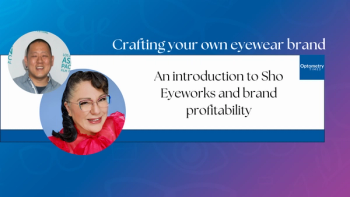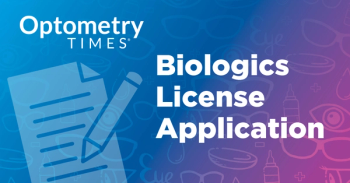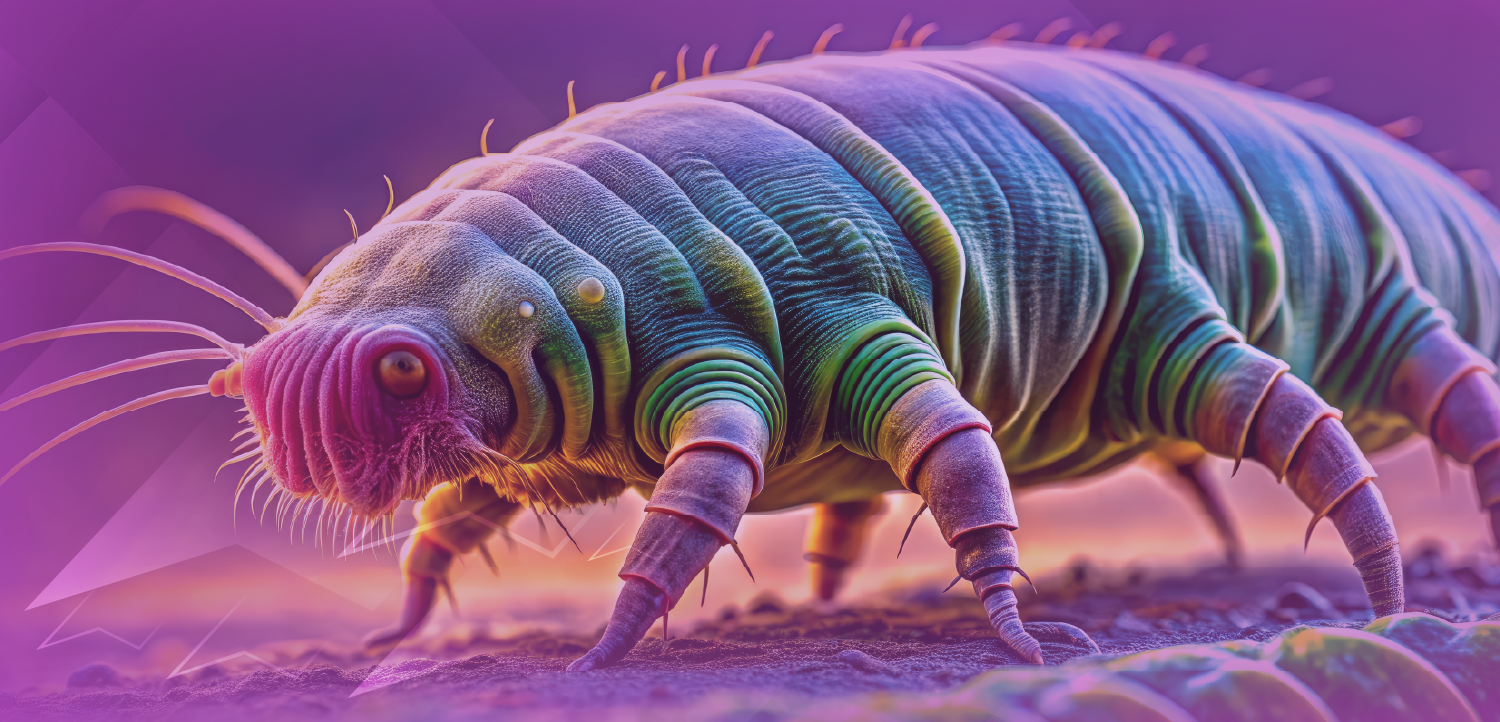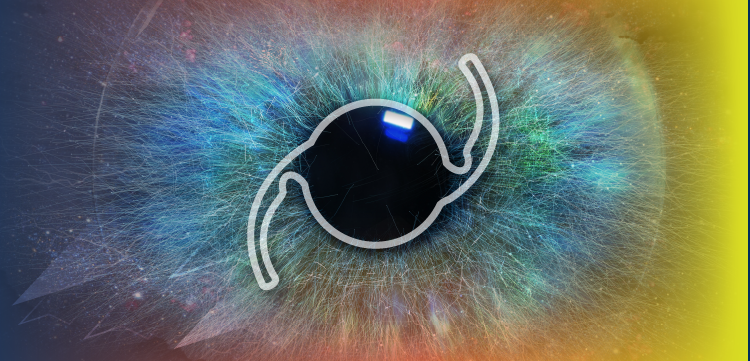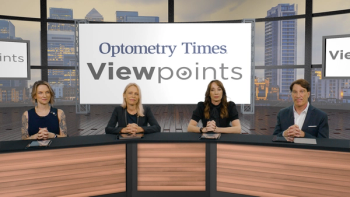
New and emerging myopia management: Repeated low-level red-light therapy
In a sham device-controlled, randomized, double-blind clinical trial in China, researchers utilized a device that emits 650 nm red light directly to the retina.
In my last blog, we discussed the specifics of outdoor time as a tool to prevent or slow the onset of myopia. The most widely accepted recommendation is at least 2 hours per day of outdoor time participating in any activity that engages the child’s distance vision. Furthermore, a recent systematic review and meta-analysis revealed that increasing a child’s outdoor time by an additional 76 minutes per day reduces their risk of incident myopia by 50%.1
Although this finding is remarkable, many parents may argue that spending over 3 hours per day outdoors is a near impossible feat for their child. Some of the challenges with lengthy outdoor time include variations in climate, proper supervision, accessibility to adequate outdoor space, and seasonal allergies.
However, imagine an indoor therapy that could simulate outdoor time and potentially provide the same positive impact on myopia. This revolutionary therapy is called repeated low-level red-light (RLRL) therapy. Although not approved in the US, it is currently being widely used in China as an effective treatment for amblyopia. The idea of using it as a form of myopia control stemmed from the surprising observation of controlled axial elongation in children undergoing RLRL therapy for amblyopia.
In a sham device-controlled, randomized, double-blind clinical trial in China, researchers utilized a device that emits 650 nm red light directly to the retina. The therapy was administered at home under parent supervision 2 times per day, 5 days per week. Each session lasted 3 minutes, with the sessions separated by a minimum of 4 hours. The preliminary results of this study are promising with a significant decrease in axial elongation and myopia progression after 6 months and no structural effects on the retina. Further studies are necessary to determine the dose-response relationship, the optimal light intensity and device settings, and potential long-term side effects.2
If this treatment gets approved in the US, RLRL therapy could change the course of myopia management and provide a much more convenient approach to the recommended amount of “outdoor” time. Because of the many health benefits of true outdoor time, RLRL therapy may, perhaps, be best utilized in conjunction with true outdoor time to capitalize on both the health and myopia control benefits.
References
Xiong S, Sankaridurg P, Naduvilath T, et al. Time spent in outdoor activities in relation to myopia prevention and control: a meta-analysis and systematic review. Acta Ophthalmol. 2017;95(6):551-566. doi:10.1111/aos.13403
Dong J, Zhu Z, Xu H, He M. Myopia Control Effect of Repeated Low-Level Red-Light Therapy in Chinese Children: A Randomized, Double-Blind, Controlled Clinical Trial. Ophthalmology. 2023;130(2):198-204. doi:10.1016/j.ophtha.2022.08.024
Newsletter
Want more insights like this? Subscribe to Optometry Times and get clinical pearls and practice tips delivered straight to your inbox.




